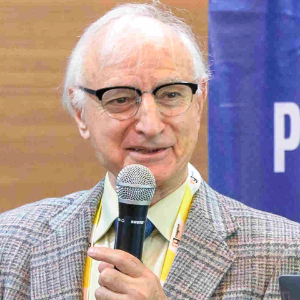Soil and Crop Sciences
Soil science is concerned with soil as a natural resource on the earth's surface, including its formation, classification, and mapping, and the physical, chemical, biological, and fertility qualities of soils in general, as well as these features in relation to soil use and management. Pedology (the formation, chemistry, morphology, and categorization of soil) and edaphology (the influence of soil on organisms, particularly plants) are sometimes used interchangeably with soil science.
Crop Sciences underlies the production and management of food, feed, fibre, and energy crops to meet human needs and to protect the environment.
The Crop and Soil Science stresses the scientific components of agronomy, such as using plant genetics and breeding to improve plant yield, quality, and profit, and optimizing soil physical, chemical, and microbial features to improve crop production.

Mohammad Babadoost
University of Illinois, United States
Srinivasa Rao Mentreddy
Alabama A&M University, United States
Mary Cole
The University of Melbourne, Australia
Satya S S Narina
Virginia State University, United States
Sara Hailemariam
Purdue University, United States
Carla Cao
Universidad de Murcia, Spain


Title : Diagnosing plant abnormality
Mohammad Babadoost, University of Illinois, United States
Title : Feed4Food’s living labs aiming for urban food security
Valasia Iakovoglou, UNESCO chair Con-E-Ect, International Hellenic University, Greece
Title : Developing virginia mountain mint (Pycnanthemum Virginianum): As a commercial crop in Alabama, USA
Srinivasa Rao Mentreddy, Alabama A&M University, United States
Title : Isolation and functional properties of biomolecules of plants and its application
Balagopalan Unni, GEMS Arts & Science College (Autonomous), India
Title : Waste streams become resource streams in the circular economy
Mary Cole, The University of Melbourne, Australia
Title : Recent advances in phytochemical techniques
Rameshkumar K B, Jawaharlal Nehru Tropical Botanic Garden and Research Institute, India